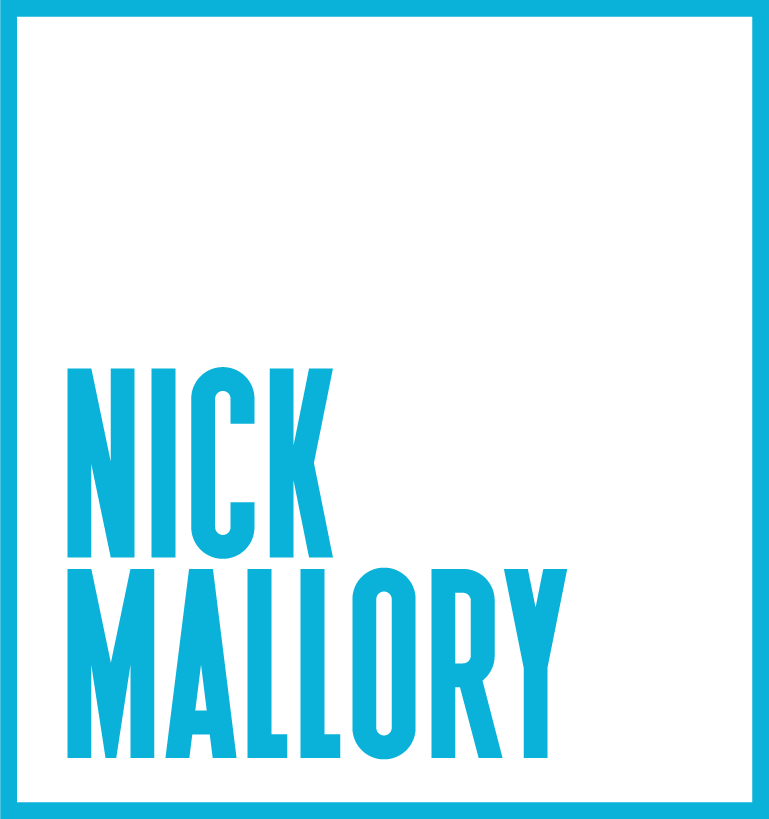Olfactory Fatigue: Good for Survival, Bad for Marketing
Coffee is a wonderful reset button.
It was the longest 60 miles of my life.
1996, my senior year of high school, and I was on a leadership retreat headed to the small coastal town of Florence, Oregon. A quick hour and twelve-minute drive – basically a sharp left out of my home town of Eugene, and straight on ‘till you hit the Pacific. I was jammed into a powder blue Chrysler Town and Country mini van with eight of my leadership squad cohorts, and from the second I stepped into that van I knew something was amiss.
The driver of this wonderful pillar of mid-nineties American engineering was our leadership counselor – a wonderful middle-aged woman who is, to this day, one of the sweetest people I’ve ever met. The only problem is that her true love (loves, rather) were her two standard Poodles. These dogs seemingly lived in this minivan, and Oregon having pretty much a year-round rainy season meant these dogs spent most of their incredibly smelly lives wet and – from what I can assume – moldy.
The van smelled horrible. Like han-cutting-open-the-tauntaun-and-I-thought-they-smelled-bad-on-the-outside kind of horrible. Upon opening the sliding side door, the wet-dog meets burnt-hair smell hit you in the face like a ton of bricks. Only if that ton of bricks was being driven by a runaway train. It was eye-wateringly wretched, but after 20 minutes a crazy thing happened.
We couldn’t smell it anymore.
Only after arriving in Florence, checking into our rooms, then returning to the Chrysler to retrieve our bags (and thus, being hit again by the train-loaded ton of bricks) did we realize how truly awful the smell was….and the fact that we had gotten used to it.
That “used to it” part is a neat-o bit of neurological adaptation that us humans have, called olfactory fatigue, which is the temporary inability to distinguish a particular odor after prolonged exposure. Basically, it’s that thing where you smell something initially, then can’t smell it after a few minutes (like loading up on too much Drakkar Noir that you can’t smell after a minute, but causes the next town over to run the newspaper headline, “What the Funk” – thanks mid-90’s!).
This neurological adaptation is great for humans when we’re, say, in the jungle and need to smell the hungry tiger that just entered our perimeter, or smell the puff of smoke that is coming from the other room in the middle of the night. Sensing the “new” is what keeps us alive and, often times, can save our lives. But, in the world of marketing, it can be a killer.
As marketers we are constantly on the look out for the new. The fresh. The trending. What’s current. This is great – in a way – because it keeps us on point and relevant (just like smelling the tiger can keep us alive), but constantly being on the lookout for the new often times can keep us from noticing what’s right in front of us; the amazing brand we’ve already built, or the incredibly unique stories that we already have to tell, or the industry-leading products that are still special. We’ve become accustomed to those wonderful pieces of brand language and brand extensions because we’ve simply been around them too long – we’ve gotten used to their smell. We’re experiencing brand olfactory fatigue.
The most dangerous part of this is in the assumption (isn’t it always) that because we don’t smell what’s in front of us, nobody else does either…and nothing can be further from the truth (just because we can’t smell our Drakkar Noir, doesn’t mean everybody else can’t either). Consumers have yet to hear the brand stories we’ve become so accustomed to, or partners have yet to experience the products or services we consider to be commonplace just because we experience them all the time.
As marketers we have to constantly fight olfactory fatigue.
Take, for example, the fragrance counter at a department store. Smelling the different varieties of perfume or cologne can overwhelm your sense of smell and quickly cause an crushing case of olfactory fatigue. To fight this, almost every fragrance counter out there has a small jar of coffee beans resting next to the bottles. Why? Because it is a common belief (although not without some non-believers) that smelling coffee between perfume testing can limit or reverse olfactory fatigue – it resets the senses.
So, what are you using as your coffee beans?
Maybe it’s holding an internal-only “launch” party for an old product. Maybe it’s taking your marketing team into the field to see how a service is performed on the ground, or maybe it’s giving your team samples of a heritage product so they can try it again for the first time. However you slice it, finding your particular set of coffee beans is key to fighting brand olfactory fatigue and keeping your stories/products/services fresh not only internally, but externally as well.
And always remember to go light on the Drakkar Noir.
-nm

